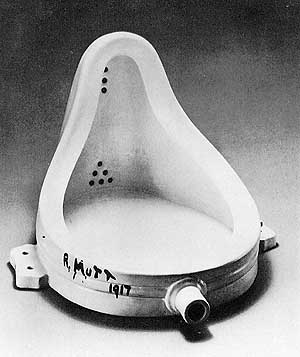While reading "Mrs. Dalloway," Laura Brown thinks about Virginia Woolf and wonders, "How...could someone who was able to write a sentence like that - who was able to feel everything contained in a sentence like that - come to kill herself? What in the world is wrong with people?" (Cunningham 41).
Ugh. Suicide bothers me so. I have often wondered the same thing - why do people commit suicide? Well, here are my thoughts...
It is possible Virginia Woolf committed suicide for the same reason as Richard, and for the same reason that Laura attempted suicide. I believe that all three felt that they had lost control of their lives and wanted to do something to regain control.
In a study on suicide notes*, researchers discovered a note written by a 33 year old man that read, "Do realise [sic] it is my choice whether to go on or not. I have reached the stage where I say "No". I CHOOSE to cease to exist."
Similarly, Virginia Woolf felt out of control. In her suicide note to Leonard Woolf, she wrote, "I feel certain I am going mad again...I begin to hear voices, and cant [sic] concentrate...You see I cant even write this properly. I cant read" (Cunningham 6).
When Laura Brown checks into the hotel room to read "Mrs. Dalloway" in peace, Laura Brown thinks about suicide: "[S]he is glad to know (for somehow, suddenly, she knows) that it is possible to stop living...It would be as simple, she thinks, as checking into a hotel. It would be as simple as that" (Cunningham 152). The very thought of suicide comforts Laura Brown, as it makes her feel that she does have control in her overly idyllic life.
When Richard commits suicide, he leaves behind a life devoid of control - a life of suffering through AIDs and lamenting his mother's absence throughout his life. A very telling moment is when he says to Clarissa (shortly before slipping out of the window), "'I don't know if I can face this. You know. The party and the ceremony, and then the hour after that, and the hour after that'" (Cunningham 197).
Yikes, great topic for a final blog, right?
*McClelland, L., S. Reicher, and N. Booth "A last defence: the negotiation of blame within suicide notes." Journal of Community & Applied Social Psychology 10.3 (2000): 225-240. Psychology and Behavioral Sciences Collection. EBSCO. Web. 2 Dec. 2009.
I’m More Stupider When I Travel
4 months ago






